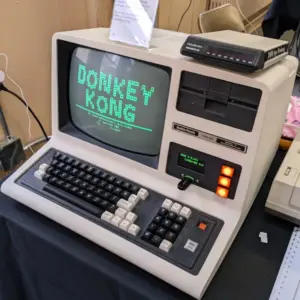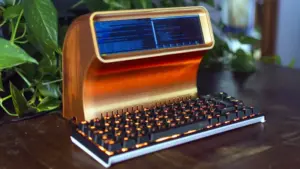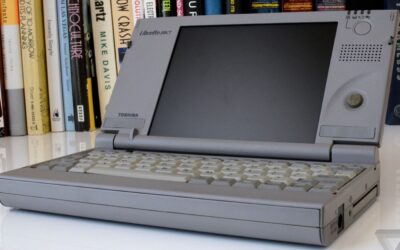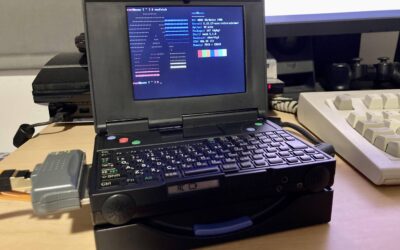In an era dominated by cutting-edge technology and rapid advancements, the world of retro computing is experiencing a remarkable resurgence. Enthusiasts, collectors, and hobbyists are embracing the nostalgia of vintage computers and reviving the charm of computing’s past. While the present may be all about AI, quantum computing, and ultra-fast processors, there’s a growing community that finds joy and innovation in exploring the roots of the digital revolution. In this article, we delve into the latest happenings in the world of retro computing.
Vintage Computer Fairs Gain Popularity

Retro computing enthusiasts have found a haven in vintage computer fairs, which have been gaining immense popularity worldwide. These events bring together collectors and sellers from all corners of the globe to showcase their prized possessions and engage in lively exchanges. Attendees can marvel at iconic computers from the ’70s, ’80s, and ’90s, such as the Commodore 64, Apple II, Atari 2600, and Amiga 500, among others. These fairs provide a unique opportunity to experience computing history hands-on, with some participants even setting up retro gaming competitions, highlighting the timelessness of classic titles.
Retro-Inspired Modern Computing Devices

While enthusiasts cherish the original hardware, modern tech companies have taken notice of the retro computing trend. They are now blending nostalgia with contemporary technology to create retro-inspired modern computing devices. Keyboards inspired by classic typewriters, mice with an old-school aesthetic, and laptops boasting vintage designs are some of the examples that have hit the market. These devices offer users a chance to experience the feel of retro computing while enjoying the conveniences of modern connectivity and processing power.
Retro Software Revival
The allure of retro computing goes beyond hardware; it extends to software as well. Developers have been working on remakes and modernizations of classic software and games, paying homage to the past while enhancing the user experience. These efforts have allowed newer generations to appreciate the golden age of computing and to understand the roots of the software they use today. Some of the iconic titles that have received modern updates include “Oregon Trail,” “Space Invaders,” and “Pac-Man.”
Museum Exhibits Celebrating Computing History
Museums across the world are embracing the retro computing trend by featuring dedicated exhibits to celebrate the history of computing. These exhibits not only showcase the evolution of hardware and software but also provide an insight into the pioneers who laid the foundation for today’s digital landscape. Visitors can explore vintage mainframes, early computer programming languages, and original code, gaining a deeper appreciation for the tremendous strides made in computing over the decades.
Retro Computing Preservation Efforts
Preserving vintage hardware and software is vital to keep the spirit of retro computing alive. Thankfully, a growing community of enthusiasts is actively involved in restoration and preservation projects. Vintage computers, often found in flea markets, garages, or attics, are lovingly restored to their former glory. Emulation software, which allows running classic operating systems and programs on modern hardware, has also played a crucial role in preserving computing history.
Retro Computing and Education

Retro computing is not just for hobbyists; it has found a place in education too. Some schools and universities have integrated retro computers into their curricula, offering students an opportunity to learn about the origins of computing. Programming on vintage machines can provide a unique perspective on coding techniques and constraints, fostering creativity and problem-solving skills.
As we hurtle toward an uncertain technological future, the world of retro computing reminds us of the humble beginnings of the digital revolution. It is a testament to the enduring allure of vintage computers that people continue to find joy and innovation in exploring the past. Whether it’s through vintage computer fairs, retro-inspired modern devices, or preservation efforts, the love for retro computing is here to stay. As we appreciate the nostalgia of classic hardware and software, we also look forward to the exciting ways retro computing might influence the technology of tomorrow.



